Try your hand at this awesome little reversible dog bandana pattern! This printable pattern will walk you through how to make your own dog bandanas.
It’s day 150, I think. It might be Monday. The laundry is multiplying, my messy bun has become sentient.
Around day 80, as I was sipping coffee, and ignoring the chaos swirling around me like a tornado of paper planes, silly string and Nerf bullets, I looked over at my dog. She returned the favour, and with those big beautiful brown eyes, I swear she smiled.
She’s grateful we’re all home, grateful for the chaos, grateful for the noise. I mean, can you blame her? Belly rubs on tap and there’s always someone heading outside (her favourite place).
I was immediately brought back to a place of gratefulness. Apparently, you can teach this old dog new tricks. Thanks, Stella <3
This DIY is dedicated to Stella, our wise four-legged friend.
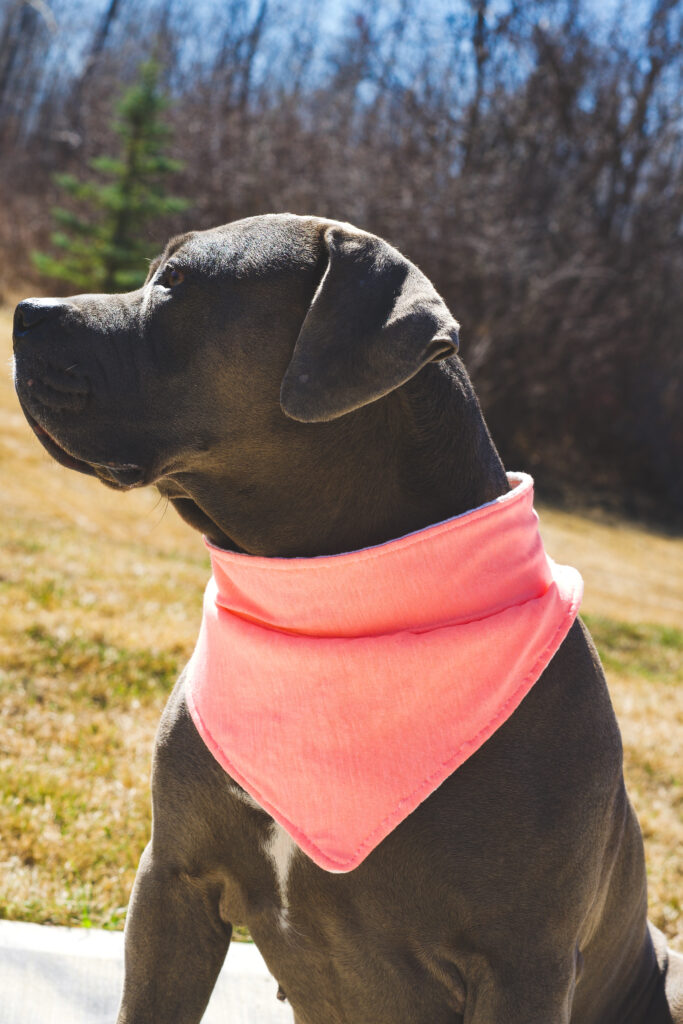
tips + tricks
No. 1 –> Measure your pooch! This printable pattern was developed in 2-inch size increments for a custom fit, and as with any sewing pattern you want to measure!
No. 2 –> Use knits, use wovens, use a mix! This is a really versatile pattern – so use what you’ve got!
No. 3–> Be aware that different fabrics behave differently. A dog bandana made with a light knit will be more slouchy and naturally looser on the neck, while a bandana made with woven fabric will be more stable and hold to the base of the neck in a cowl fashion.
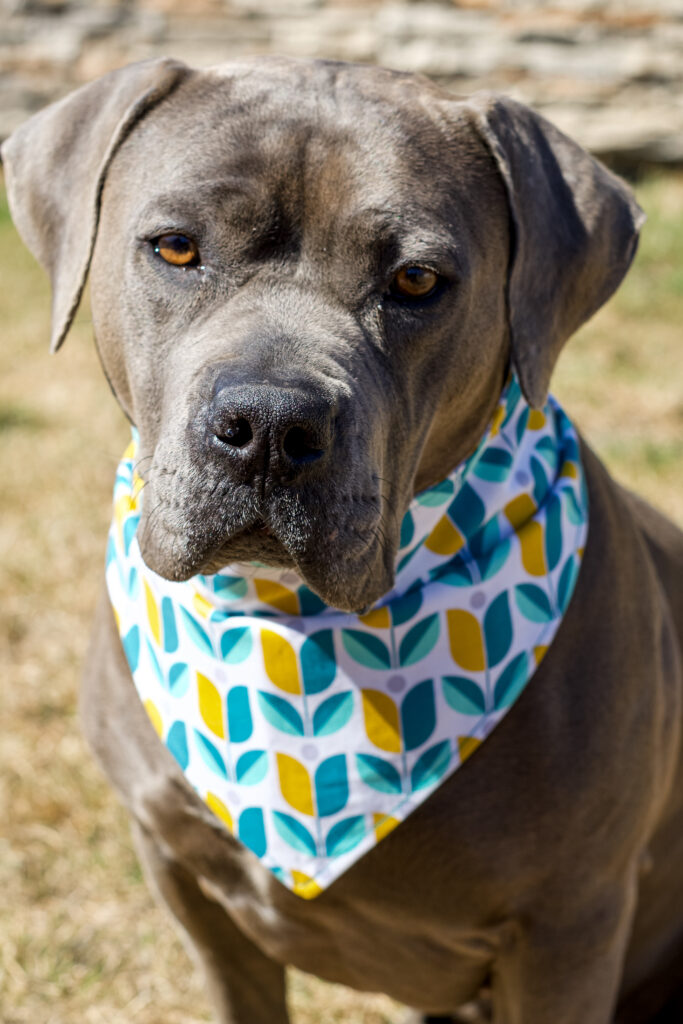
get the pattern!
Bring on your best looking pooch!
Scoot over to my store, and GRAB THE PATTERN.
love to sew?
You may love these other sewing related projects!
- DIY Scrunchies – A free printable pattern for 3 different sized scrunchies, 2 bows and 1 set of tails!

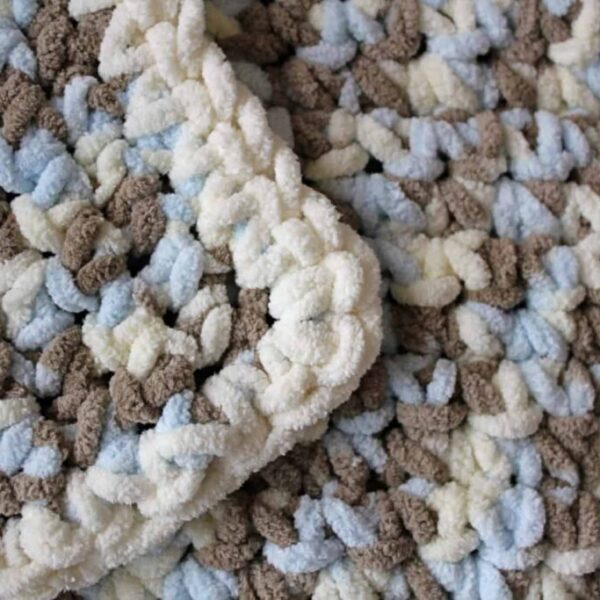
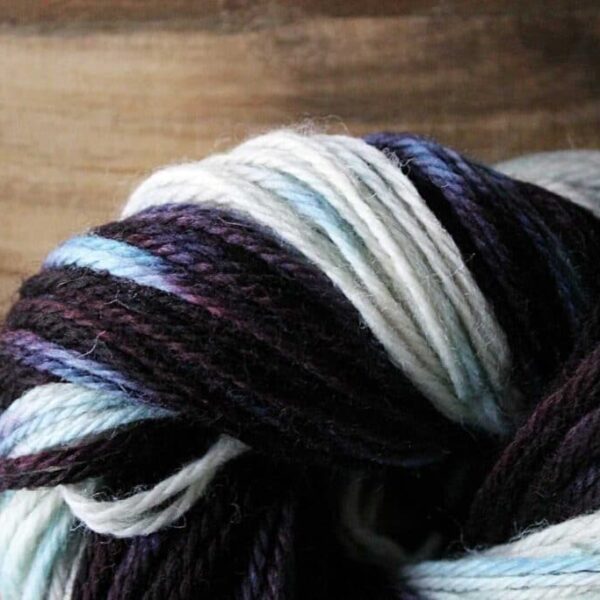
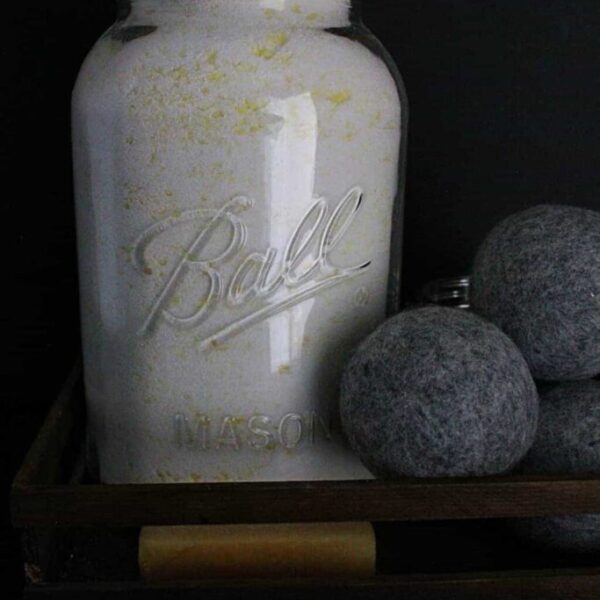
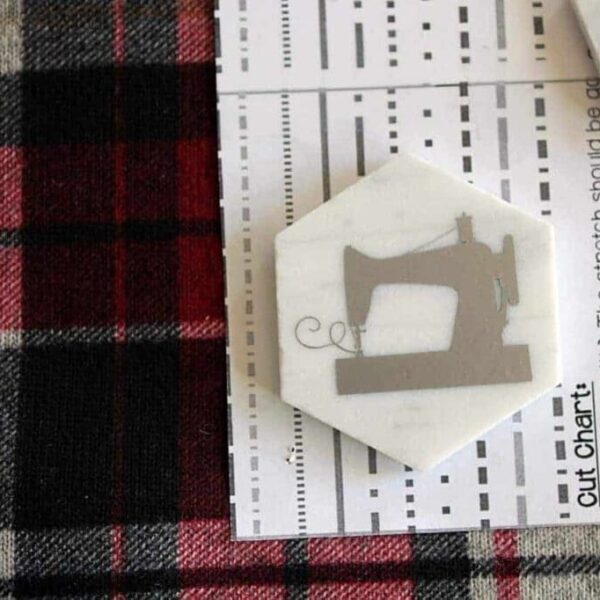
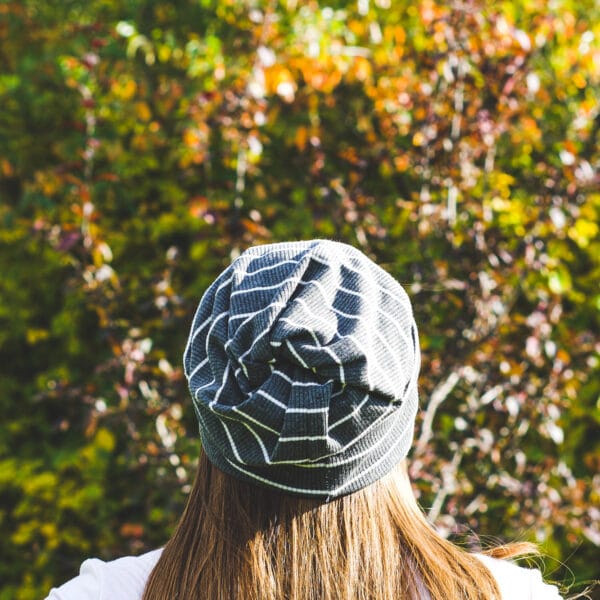
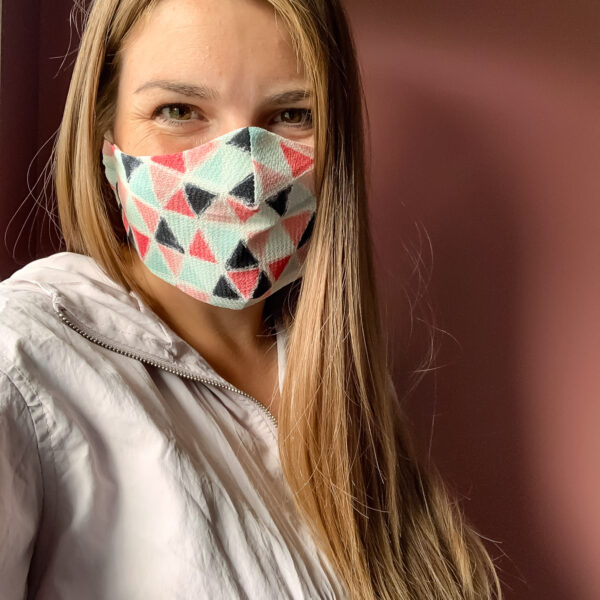
Leave a Reply